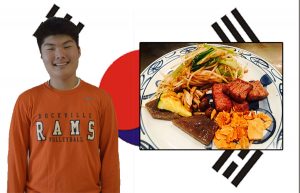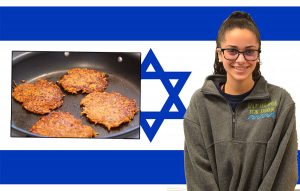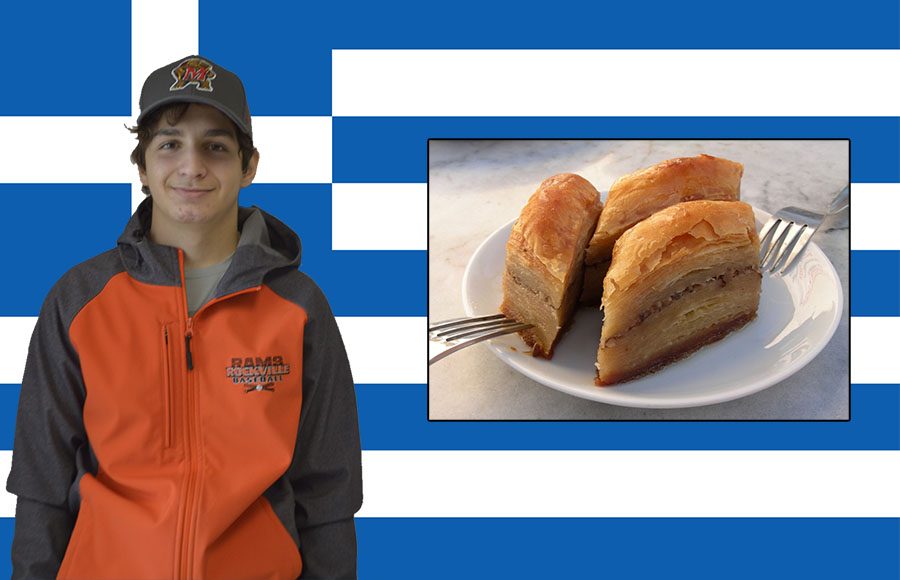Cultural Cuisine From the Holidays
Graphic by Emily Nagy / Photo courtesy of Creative Commons
Senior Manoli Athanasakis said every year his family gathers for the holidays and each member is responsible for bringing a food item. “Even though we’re celebrating holidays that aren’t necessarily Greek, like Thanksgiving and Christmas, we still want to relate it back to our culture,” Athanasakis said.
January 11, 2019
With the arrival of the holiday season, it’s a special time to gather with family and friends, whether here or abroad, celebrating unique cultures. For some RHS students, the holiday season brings a chance to appreciate their heritage, specifically through the food they eat.
On a biological level, food is responsible for providing the body with nutrients. But, the meals eaten at holiday celebrations bring so much more. Food as a whole can define a culture; it operates as a form of expressing and celebrating cultural identity. Traditional holiday cuisine is significant to individual countries and religions and contributes to those particular celebrations.
Food can also be a unifying force, bringing families together for celebration and eating.

“My whole family will get together and each [individual] family is responsible for bringing something,” senior Manoli Athanassakis said. “My family usually brings dessert, so my mom will make a Greek dessert called Baklava and sweet cookies called Galaktoboureko.”
Each holiday also has symbolic foods that hold more meaning beyond just being delicious meals. For example, candy canes were once used to quiet children singing in the church choir during long services, according to Ace Collins’s 2003 book “Stories Behind the Great Traditions of Christmas.” The candy canes story is only one of many; there are plenty of other foods that tell other religious stories.
“My religion is extremely important to me and food is a really big part of all Jewish holidays,” junior Sierra Pasternak said. “I think it’s really cool how with Hanukkah we celebrate the oil that burned a candle for eight days with cooking fried foods. It is a subtle reminder of why we celebrate.”

Some other food and holiday traditions include Mazoa which is a bowl of fruit and vegetables presented during the celebration of Kwanzaa to honor those who work to grow the food. Additionally, eggnog, a popular Christmas drink, was adapted into the holiday season in the 18th century when it was brought to North America from Britain and meshed into Mexican, Puerto Rican and American celebrations.
For many students, food can be a reflection and celebration of religion and culture which heightens the holiday spirit with traditions. The holiday season would not be the same for RHS students without the meaning and symbolism behind the food eaten with friends and family.




